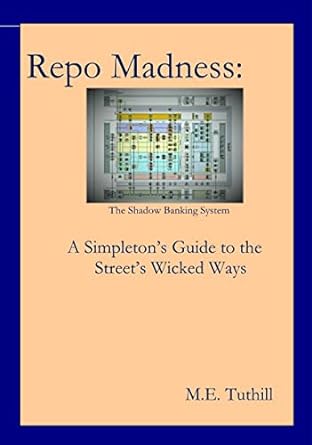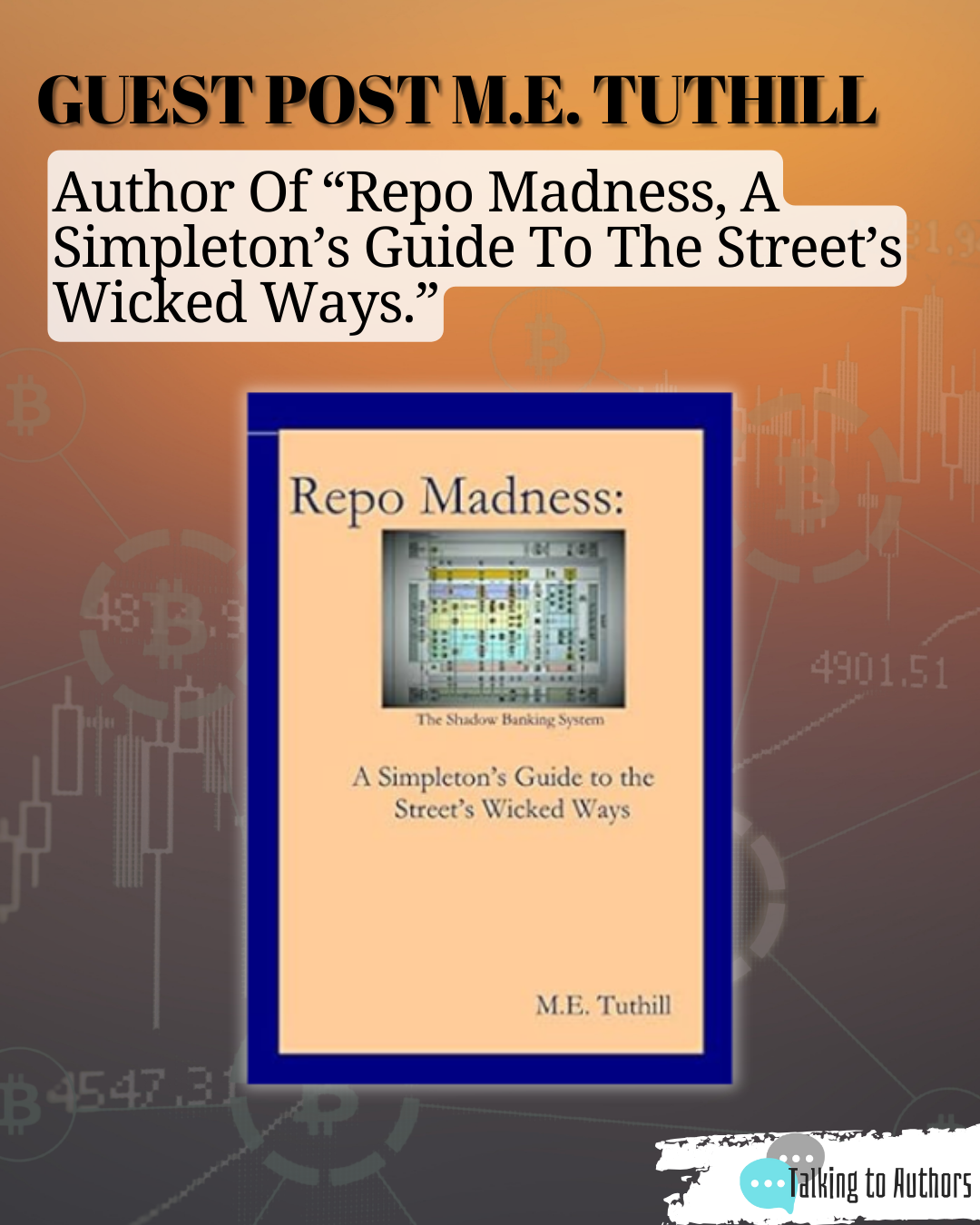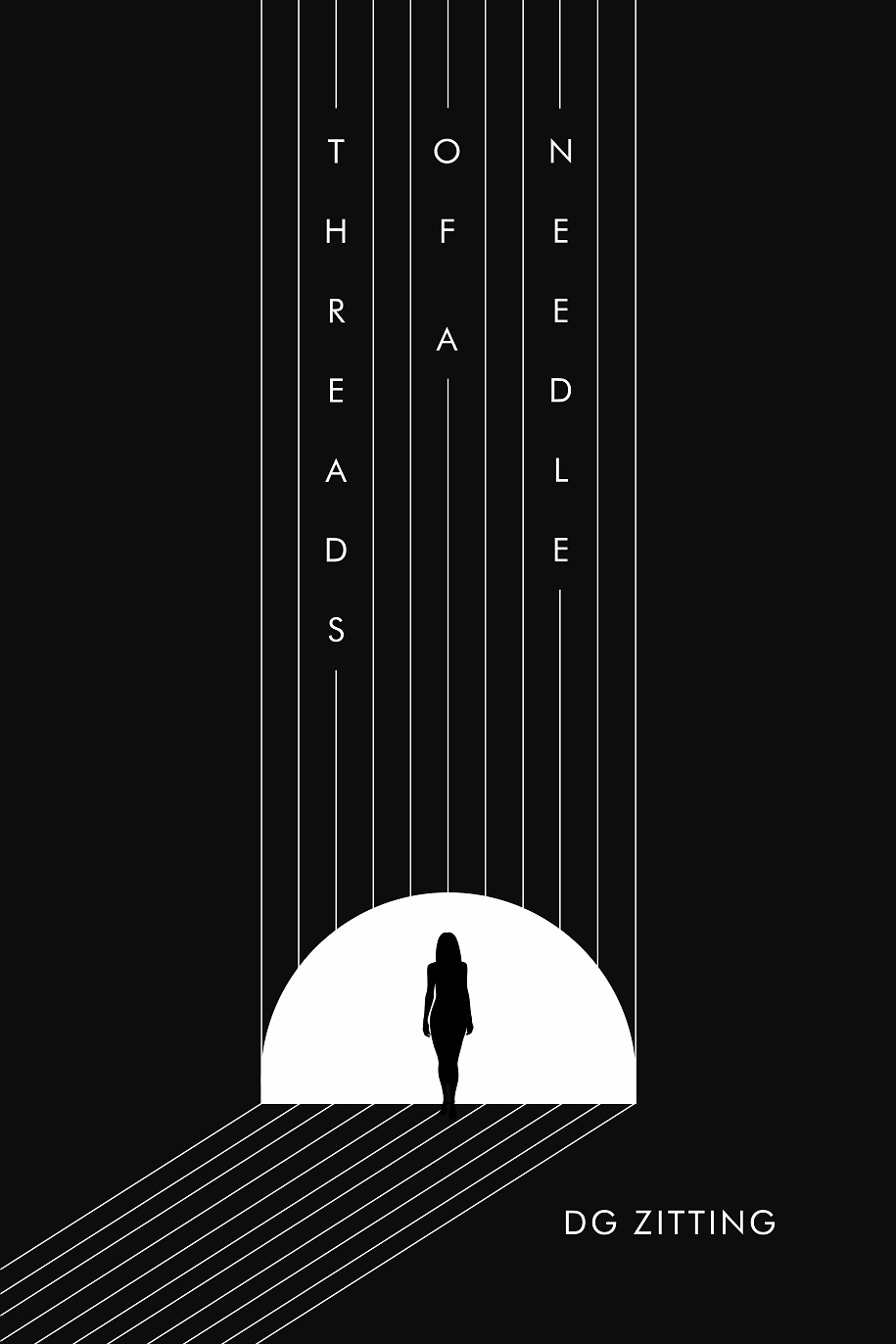Lessons Learned: Key Takeaways for Readers from “Repo Madness”
Discussing lessons learned, I would like to initially address the idea that where we have come today in the financialization of our economy did not happen overnight. Googling “financialization” online the definition is as follows, “Financialization is a process whereby financial markets, financial institutions, and financial elites gain greater influence over economic policy and economic outcomes. Financialization transforms the functioning of economic systems at both the macro and micro levels.” In my book I write, “It is sad that we have come to this. One can safely say that to yearn for a simpler time is not in this case built on illusion, that ‘back in the day,’ our lives were better, simpler more honest. In this case it is true.”
In the book I liken the shadow banking system to fiber optic cables that encase the earth. If one were to look at it from the moon it would resemble a giant ball of twine. Within these cables running above our heads, out of sight, are trillions of transactions spewing profits for the fortunate few at the expense of the many.
And likening my readers to students I will say there are many lessons and takeaways from my book. Let’s start with how we came to this place. The reader will learn that in the 1980s investment banks adopted a tool used by the Federal Reserve. That tool is called the repurchase agreement or repo. Repos are short-term-often overnight-collateralized loans. When the Fed wanted to increase liquidity (cash) in the markets it would use repos by lending cash. The collateral would be Treasurys. On the other hand, if it wanted to tighten the supply it would use what is called a reverse repo. That is, it would lend the Treasurys and hold the cash as collateral. Simple.
The investment banks usurped this tool and used it to gamble. Basically, trading in repos with the express purpose of profiting from say, interest rate moves. Early on, the market surged, standing at $500 billion by 1986. Yet, there was no regulation in place. Today the market stands at $13 trillion and repo collateral is no longer relegated to Treasurys. Today, myriad securities may be used as collateral such as Exchange Traded Funds, stocks and more.
The Fed itself has three standing repo facilities. It prints money from nothing and uses repo as a special delivery system for the banks. I will share two sayings, “cheaper to borrow” and “debt is good.” Why? Because with the Fed’s hideously low interest rate policy it was cheaper to borrow. And why is debt good? Because the collateral-debt is the gasoline that keeps the engine running. Furthermore, my readers will learn that when Bankruptcy laws potentially stopped this practice in its tracks, Congress stepped in and removed all impediments. No regulation, no impediments. One takeaway from my book.
Other takeaways from my book include how the financial press dealt with this turn of events. Not well. Yet, I don’t criticize the press. They, like the rest of us were not privy to the behind-the-scenes skullduggery. Often it was referred to as “speculative.” In one instance “dangerous.” But none of it resonated. It was too large and growing.
Observations are provided throughout my book from insiders such as Fed officials. Oftentimes these are cautionary comments expressing discomfort with the turn the financial markets has taken. And I draw from scholarly articles to support my views that the model is unsustainable. And most important, a detriment to society at large. Several renowned economists are quoted articulating that all the growth over the last 40 years has not benefited society. It is a clarion call for change. This too, is a takeaway.
My book is only 149 pages, yet it packs a powerful punch. It concludes with real reform being offered in corners silenced by the mainstream media in consort with the financial powers that be. I like to think it leaves the reader feeling hopeful.


























